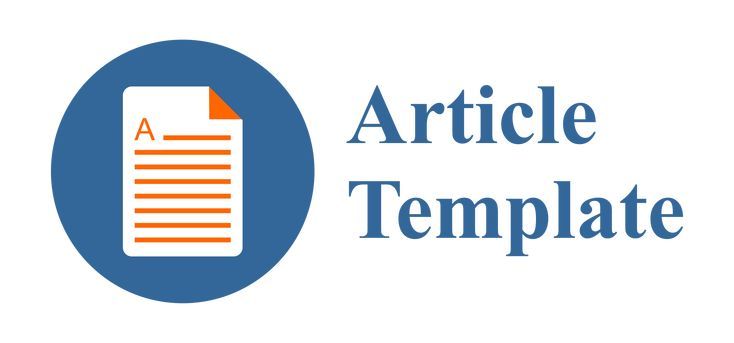KEEFEKTIFAN MODEL THINK PAIR AND SHARE (TPS) DALAM PEMBELAJARAN MENULIS TEKS BERITA PADA SISWA KELAS VIII MTs NEGERI GODEAN SLEMAN YOGYAKARTA
Abstract
The research aims to (1) determine whether there is a significant
difference ability to write a news text between the group receiving the learning
model Think Pair and Share (TPS) with a group that had a class without using a
learning model Think Pair and Share (TPS) and (2) determine the effectiveness
model think pair and share (TPS) in learning to write news text.
The research is experimental research design pretest posttest control
group. The research consisted of two variables, namely the independent variable
learning model Think Pair and Share (TPS) and the dependent variable learning
writing news text. The population was all students of class VIII MTs Godean. The
participant were class experiment VIIIA and VIIIB control class. Determination
of the sample used random sampling techniques. Data collection technique used
test, the initial test and final test. Prior to the data analysis, requirements analysis
test was done in the form of normality test and homogeneity test to show that the
initial test scores and final tests normal distribution.
The results showed a significant difference between the ability to write a
news text using a student is learning model Think Pair and Share (TPS) with a
student who had a class without using a learning model Think Pair and Share
(TPS). The significant difference is shown by the results of t-test analysis of test
data end of the ability to write news text experimental group and a control group
of 4,834 t with df 60 and Sig. (2-tailed) 0.000 (0.000 <0.05). In addition, the
results also showed that the learning model Think Pair and Share (TPS) are
effective in learning to write news text class VIII MTs Negeri Godean. the
effectiveness of this model can be seen from the results of the initial test t-test and
final test experimental group showed t value df -25 067 to 30 and Sig. (2-tailed) of
0.000 at the 5% error level (0.05), and there is a rise in the average score in the
experimental group were much larger than that of 10.03 which is only 3.51 .
difference ability to write a news text between the group receiving the learning
model Think Pair and Share (TPS) with a group that had a class without using a
learning model Think Pair and Share (TPS) and (2) determine the effectiveness
model think pair and share (TPS) in learning to write news text.
The research is experimental research design pretest posttest control
group. The research consisted of two variables, namely the independent variable
learning model Think Pair and Share (TPS) and the dependent variable learning
writing news text. The population was all students of class VIII MTs Godean. The
participant were class experiment VIIIA and VIIIB control class. Determination
of the sample used random sampling techniques. Data collection technique used
test, the initial test and final test. Prior to the data analysis, requirements analysis
test was done in the form of normality test and homogeneity test to show that the
initial test scores and final tests normal distribution.
The results showed a significant difference between the ability to write a
news text using a student is learning model Think Pair and Share (TPS) with a
student who had a class without using a learning model Think Pair and Share
(TPS). The significant difference is shown by the results of t-test analysis of test
data end of the ability to write news text experimental group and a control group
of 4,834 t with df 60 and Sig. (2-tailed) 0.000 (0.000 <0.05). In addition, the
results also showed that the learning model Think Pair and Share (TPS) are
effective in learning to write news text class VIII MTs Negeri Godean. the
effectiveness of this model can be seen from the results of the initial test t-test and
final test experimental group showed t value df -25 067 to 30 and Sig. (2-tailed) of
0.000 at the 5% error level (0.05), and there is a rise in the average score in the
experimental group were much larger than that of 10.03 which is only 3.51 .
Full Text:
PDFRefbacks
- There are currently no refbacks.

